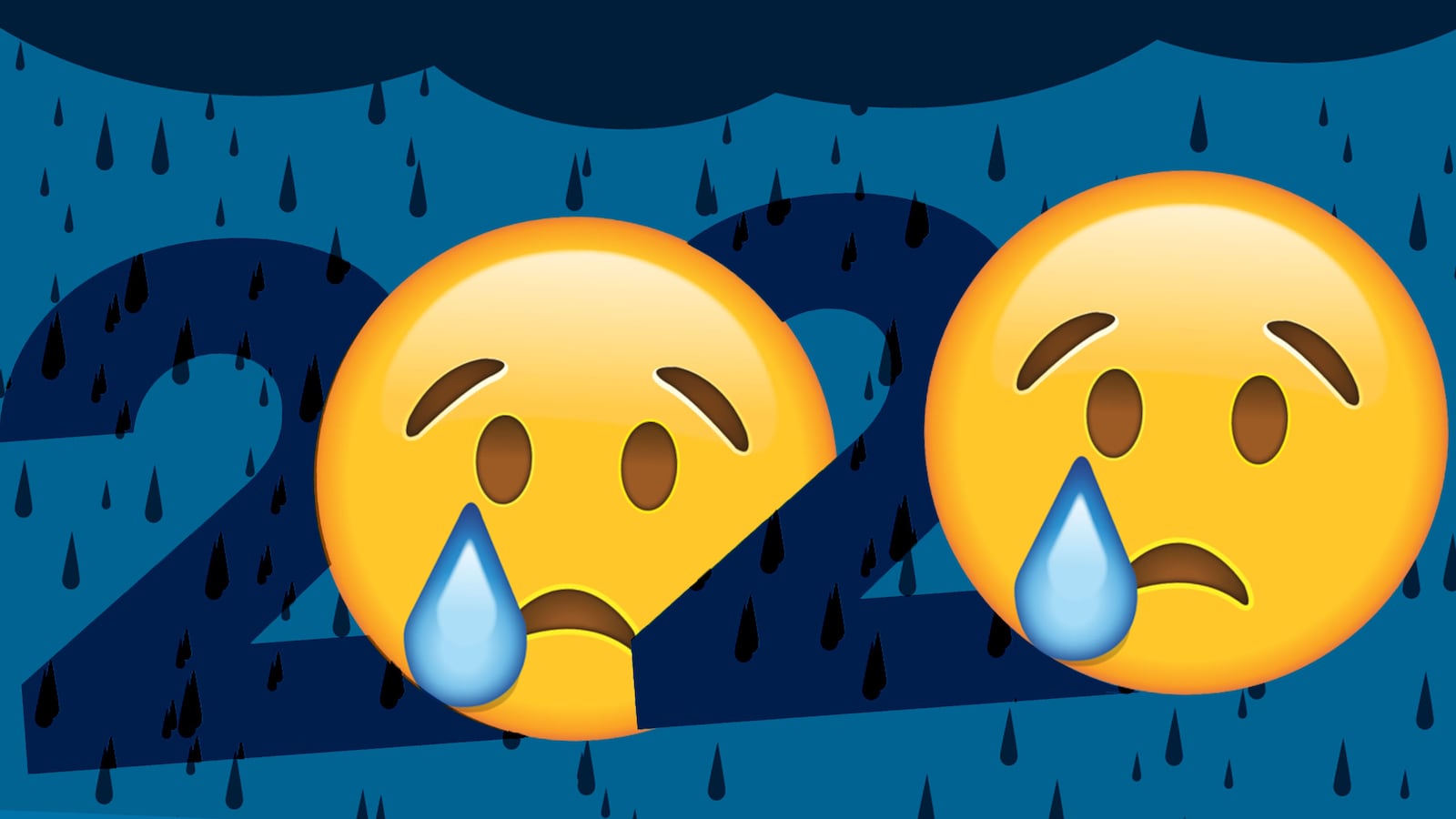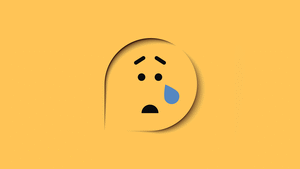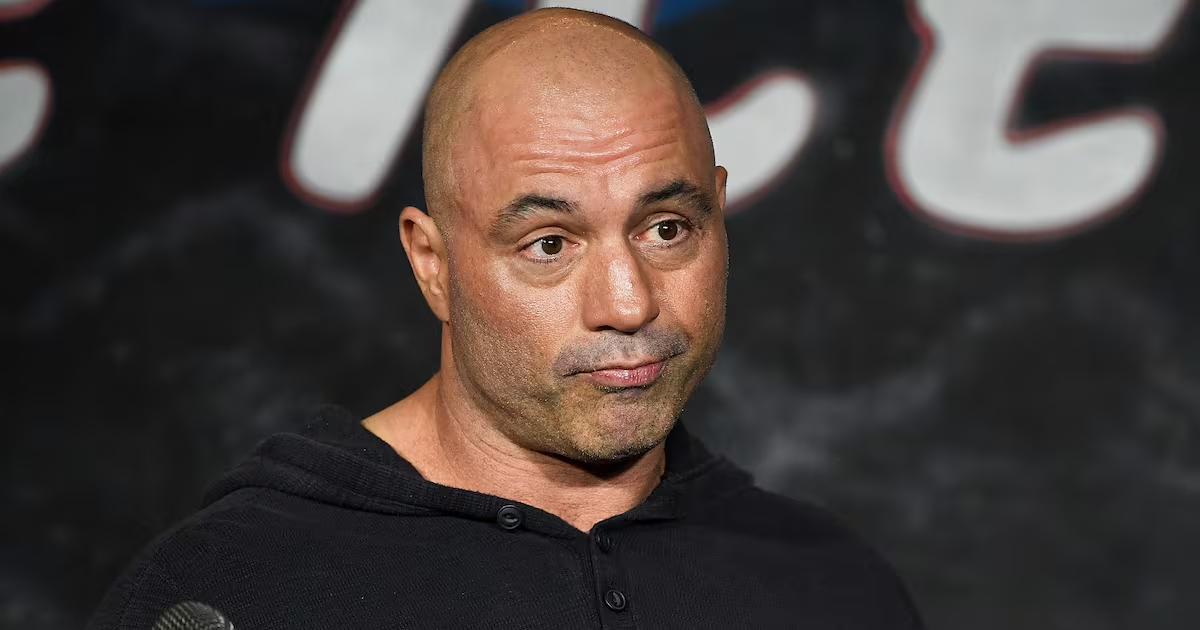On one recent December Sunday, I bundled up and went on yet another socially distant walk with a friend. The air was chilly and we spoke in between shivers about how, as nice as it was to see each other, we wished we could do it inside.
We were demoralized by the pandemic and rattled off favorite past haunts that were now closed because of it. But she seemed happy, talking about her new Astro Van and a road trip she was planning. Nothing seemed amiss, other than our mutual, understandable, coronavirus fatigue.
Just a few hours later, I checked my phone and saw my friend’s Instagram story. She posted a selfie, her face blotchy crimson as if she’d been crying. She superimposed cartoon tears falling from her eyes. “Seeking affirmations/feel-good news stories/pet pictures,” the selfie said.
I didn’t understand. Only hours earlier, we were giggling over the loping strut of an elderly Pomeranian we walked by in the park. Had I known what she was feeling, I would have come armed with a cache of compliments and cheery memes. Or at the very least, I would have asked “How are you doing?” with more empathy and urgency.
This year has shown the seams and fissures in nearly everyone’s life, relegated our friendships to tiny boxes on Zoom and Facetime. Open up your Chrome app or newsfeed and grief is omnipresent; nearly every headline was a mini-gut punch.
The @FacesOfCOVID account, which writes mini-obituaries of those lost to the pandemic, has over 35,000 followers on Twitter. Nurses share tragic stories about treating coronavirus-denying patients or post photos of their faces, chafed and chapped after a long shift wearing personal protective equipment.
This year has been filled with public mourning for lost lives, decimated communities, and the way things used to be. Despite what Madonna may believe, the pandemic is certainly no great equalizer—systemic health and social inequalities leave people of color and low-income workers at a higher risk of infection, hospitalization, and death.
Those lucky enough to be working from home battled feelings of isolation, anxiety, and the general malaise that comes with the expectation to keep working, business-as-usual, through the midst of an economic and societal collapse.
On TikTok, the “15 Minutes” challenge encouraged users to show results from a popular online depression test. Fiona Apple, a longtime avatar of angst and melancholy, released her first album in over eight years. It became the soundtrack to a knackered spring, birthing memes and tweets about using the songs as a coping mechanism.
From their rarefied compounds, celebrities like Lili Reinhart, Shawn Mendes, and Armie Hammer opened up about their struggles with mental health. Miley Cyrus spoke in interviews about struggles with her sobriety, saying, “A lot of people, their sobriety broke during this time. I was one of them.”
Chrissy Teigen and Meghan Markle wrote rawly and candidly about suffering miscarriage, sharing a glimpse inside a type of grieving that is stigmatized and rarely discussed so publicly.
“On this darkest of days, we will grieve, we will cry our eyes out. But we will hug and love each other harder and get through it,” Teigan captioned an unvarnished, black-and-white photo of her crying in the hospital.
During Thanksgiving week, Markle bravely used space on the New York Times op-ed page to write about her experience and challenge convention. “Losing a child means carrying an almost unbearable grief, experienced by many but talked about by few,” she wrote. “In the pain of our loss, my husband and I discovered that in a room of 100 women, 10 to 20 of them will have suffered from miscarriage. Yet despite the staggering commonality of this pain, the conversation remains taboo, riddled with (unwarranted) shame, and perpetuating a cycle of solitary mourning.”
Teigen and Markle ostensibly shared to bring awareness to a life event many are exiled to process alone, or with their partners or therapists. Celebrities who “get real” about their mental health hopefully enable their fans to do the same.
Those who are not famous but posted crying selfies or depression memes this year may not have felt that responsibility. But this year quickly set any expectation that one act a certain way online ablaze. The Instagram decorum of yesteryear, which so often manifested as an outright flex of wealth, came off as callous, gauche, mind-numbingly graceless.
Arielle Charnas, one of the app’s top influencers, sparked fury at the beginning of the pandemic. She used her clout and connections to get a coronavirus test in New York at a time when those were scarce, tested positive for the virus, and proceeded to flee to the Hamptons with her family to quarantine, potentially infecting all she encountered. (Charnas posted a statement to her blog, expressing “sincerest remorse” for her actions.)
“Just posting the highlight reels of your life online now is pretty tone-deaf,” Iris McAlpin, a certified trauma coach from Sacramento, California, told The Daily Beast. “I think people are recognizing that and not wanting to do that. You could call that ‘virtue signaling’ in a way.”
As Fredrika Thelandersson, a PhD researcher at Rutgers University and Lund University in Sweden, who has studied sadness in popular culture and on social media, said, “authenticity is the most prized value” for influencers who need to build trust and connection with an audience to sustain sponsorships and other deals.
“Confessing that you have suffered trauma or a certain diagnosis because a remarkable value,” Thelandersson said. She noted that this year, Paris Hilton—one of the world’s first influencers—released a documentary alleging past trauma caused by emotional and physical abuse at her boarding school.
“She’s one of those bigger-scale examples of someone tapping into how relevant it is to have suffered,” Thelandersson said. “It seems to be just another way of staying ‘real.’”
“I also think that people are genuinely deciding to share in a different way than they have before, because this year has brought a lot of people to their knees,” McAlpin added. “It’s made us all collectively realize how out of control we are. I think when we’re faced with that, it’s profoundly humbling and there is a desire to connect. All the pretense, all of the adornments, all of the distractions are gone. You wonder, ‘OK, so who am I now?’”
Anyone who has ever encountered a troll online knows that it is easier to be malicious on social media than in real life. The internet can be enough of a buffer to change someone’s entire personality. “There is a distance that is inherent in an online medium,” McAlpin said. “That makes people feel a bit freer to be candid, in some cases, especially now that the pressure of looking good and impressing others isn’t there, to the same degree that it was pre-pandemic.”
Sad girls have been kicking around the internet for years, first finding a home on Tumblr, where they shared tear-stained selfies, Lana Del Rey lyrics, and memes about mental health. Thelandersson views this subculture as a reaction to the kind of pop feminism that dominated airwaves and ad campaigns in the pre-Trump 2010s.
“Empowerment feminism became very popular,” Thelandersson said. “The idea was that you had to be strong, and what that meant was you had to be a good subject for the neoliberal labor market. Think of Cheryl Sandberg’s Lean In.”
The reaction from online spaces and youth outlets like Teen Vogue was “It’s not fun to be a girl,” Thelandersson said. “Women were asking, ‘OK, but what if I’m not happy? There was more talk about mental illness and sadness in the media.”
To acknowledge sadness is to point out cracks in the status quo. This year, multiple institutions designed to protect citizens failed, and workers bore the brunt of a broken system. Ad campaigns and politicians spoke of a “new normal” and a society where “we’re all in this together.” Many viewed taking to social media to call bullshit on those asinine platitudes an act of mini-resistance.
Diana Weisman, 28, is an art director for Bustle who lives in Baltimore. During the beginning of the pandemic, she went back to her childhood home in Hillsdale, New Jersey, to quarantine with her mother. She was suddenly staying in the bedroom she grew up in, staring at posters she put up when she was 16, wearing clothes from high school, and listening to music she hadn’t put on in a decade.
“I sunk into this state of nostalgia,” Weisman said. “I got to this point where suddenly I was thinking about the person that I used to be, the person who used to be so obsessed with things, and I wondered, where is she? I felt like that person had died, and I was suddenly in a state of mourning.”
Weisman didn’t want to go back to that time in her life exactly, she just missed the exuberance of girlhood, the feeling that anything was possible. “There will never be a time again where I will love something as much as I did back then,” she said. “I would wait in line for a midnight showing of a movie, and I had posters of Twilight in my room, and I listened to Dave Matthews because this boy I was in love with listened to him. I will never be as obsessed with things as I was when I was in high school. That made me so sad.”
She found her old box of crafting supplies and a Jessica Rabbit costume she wore one Halloween in her closet. Weisman used her hot glue gun to make thick, chunky tears and put on the long purple gloves from the costume, then she sat down to take a portrait in an attempt to explain how she felt.
“I almost wanted to put up a gravestone that said, ‘Here lies Diana from high school, and I am this new person now,’” Weisman said. “It was like expelling a demon, basically. And once I did expel the demon, suddenly my initial sadness felt so small.”
She posted the portrait on Instagram with a caption that read, “I've been very emotional these past few days. Wanting to rewind time. Wanting to care only about silly things again. Missing people. Missing old, obsolete versions of myself.”
Friends reached out over DMs to ask Weisman if she was all right. “I didn’t want to elaborate,” she said. “I knew what the photo was about, and that helped me to close the door. But I’m sure the average person would see that post and think, ‘She wants people to reach out to her. This is a cry for help.’”
Weisman thought about removing the caption, or editing the content to sound less emotional. She wondered what people she worked with would think, and hoped she didn’t sound starved for attention. Ultimately, she decided to leave the photo up.
“I’m very much of the mind that if that’s what I was feeling in the moment, then I’m not going to change it,” Weisman said. “That’s the great thing about social media—eventually, with time, your photos will just get pushed down further in your feed. Who knows if after this year, people will even see it again.”






